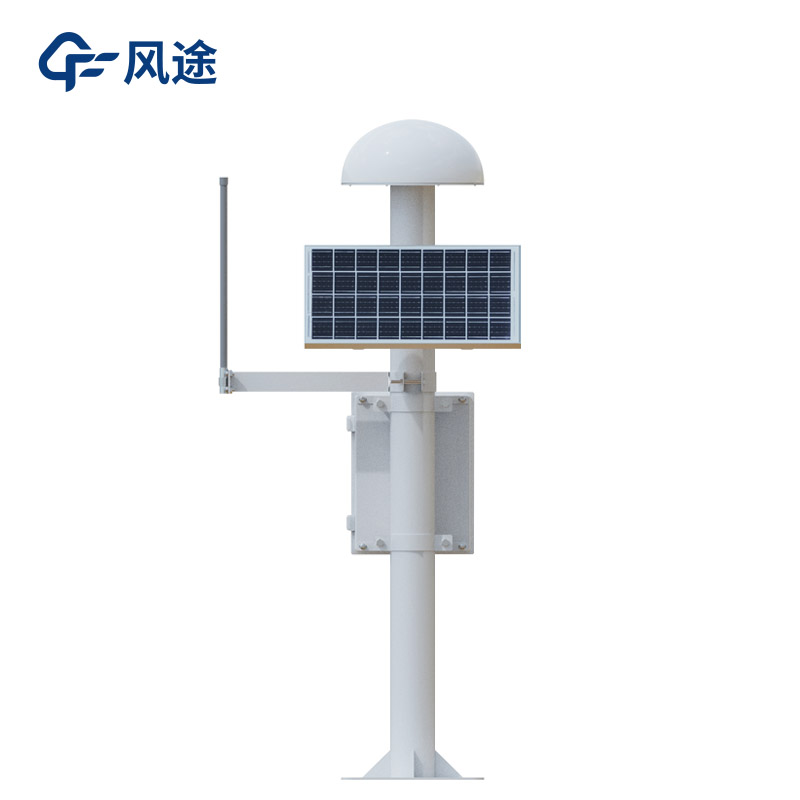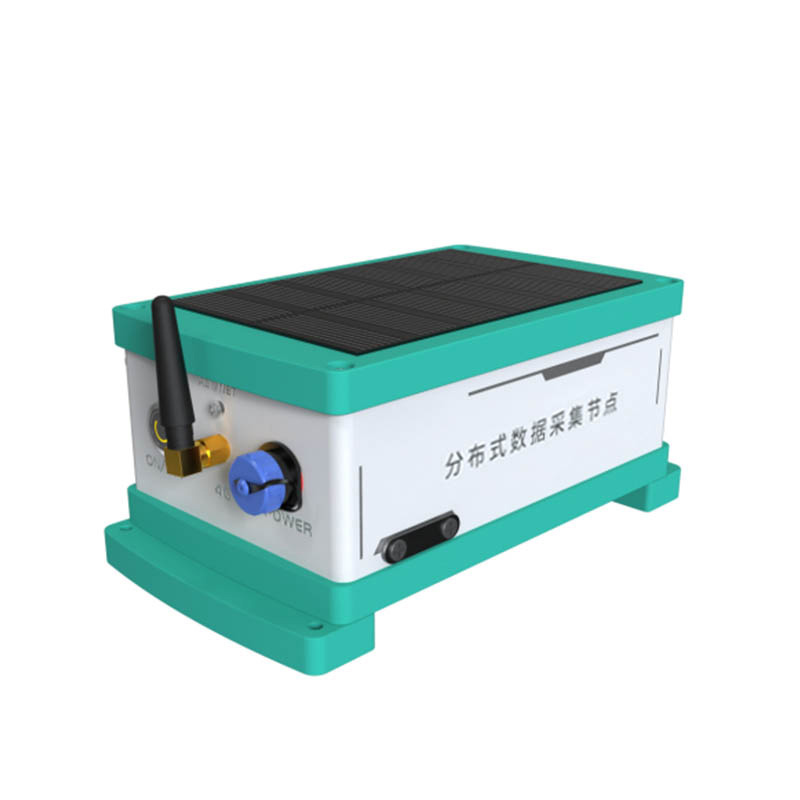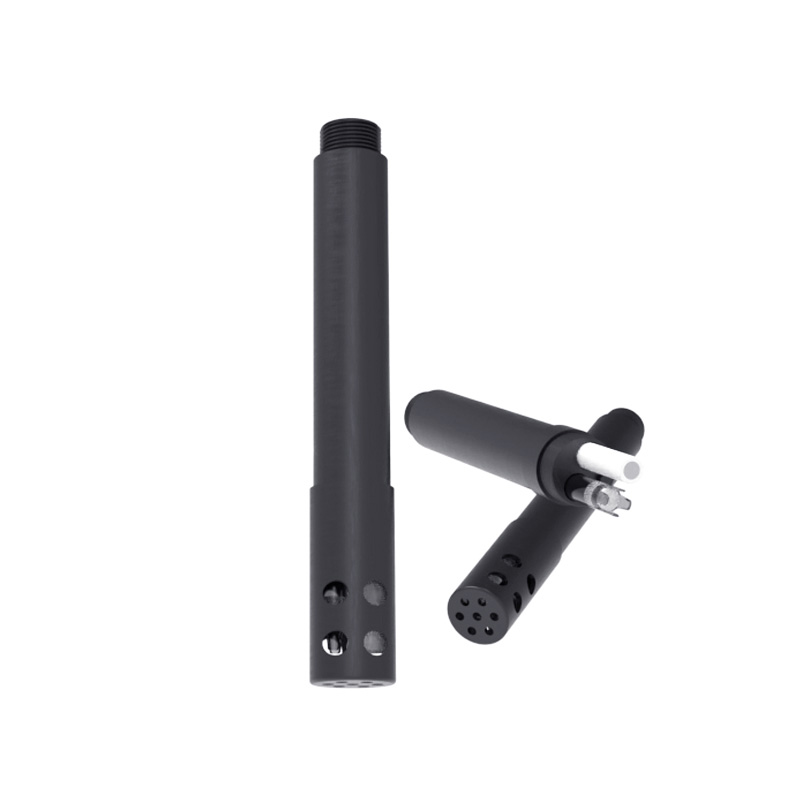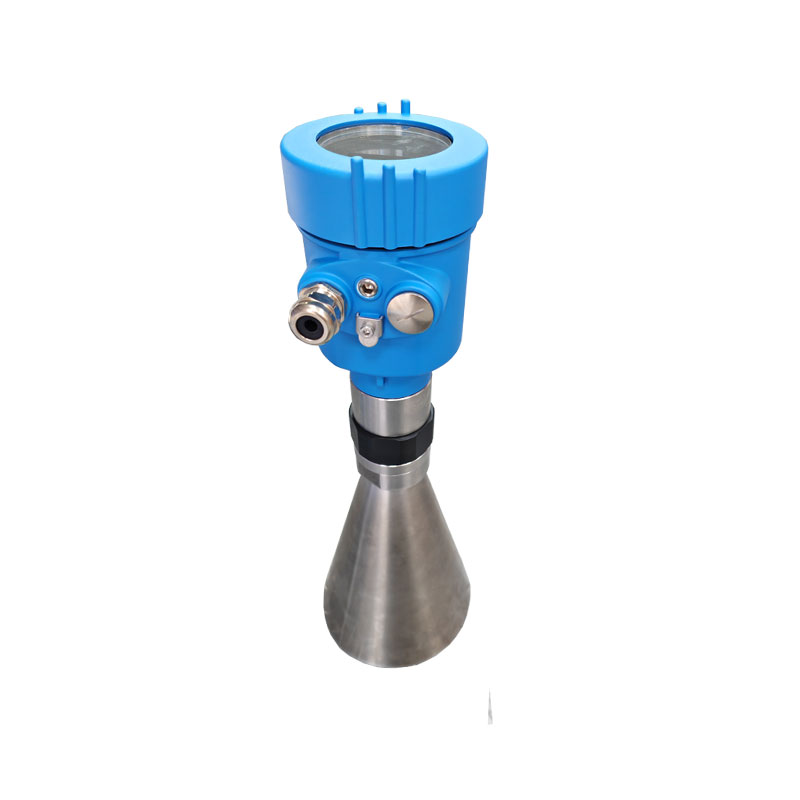During the long-term operation of a reservoir dam, it may develop safety hazards due to the influence of the natural environment and changes in loads. To ensure dam safety, it is necessary to construct a set of safety monitoring schemes, among which deformation and seepage monitoring are the core components.
Deformation monitoring mainly focuses on observing changes in the dam's displacement, settlement, inclination, etc. Under the action of various factors such as water pressure, soil pressure, and temperature changes, the dam body and foundation will undergo different degrees of deformation. Through continuous monitoring of these deformations, abnormal change trends in the dam structure can be detected in a timely manner. For example, a sudden increase in the horizontal displacement of the dam body may indicate a problem with the dam's stability; an excessively fast foundation settlement rate may indicate a decrease in the bearing capacity of the foundation. These subtle deformation information are important bases for evaluating the safety status of the dam.
As for seepage monitoring, it focuses on monitoring the seepage situation inside and around the dam. The seepage of water in the dam body and foundation is a dynamic process. Under normal circumstances, the seepage is in a stable state. However, when problems such as cracks in the dam body or damage to the anti-seepage structure occur, the seepage field will change, and parameters such as seepage flow and seepage pressure will be abnormal. By monitoring seepage data, the distribution and change laws of seepage can be mastered, leakage channels can be found in a timely manner, and seepage damage such as piping and soil flow can be prevented, so as to avoid serious accidents such as dam collapse caused by seepage problems.
Deformation monitoring requires the use of a GNSS monitoring station. The GNSS (Global Navigation Satellite System) monitoring station performs high-precision measurement of the three-dimensional coordinates of the dam monitoring points by receiving satellite signals. Its working principle is to use the radio signals transmitted by the satellite to accurately obtain the position information of the monitoring points in space through complex calculations. This equipment can realize all-weather, real-time, and automatic monitoring, and has the advantages of high precision, remote transmission, and stable data. Even in bad weather conditions, it can continue to work stably. By comparing with the data of the reference station, the displacement change of the monitoring point can be accurately calculated, providing reliable data for dam deformation analysis.
The weir gauge is a seepage monitoring device, which is mainly used to measure the seepage flow downstream of the dam. The weir gauge is usually set in the dam's drainage corridor, dam foot drainage ditch and other positions. By measuring the water level height of the water flow passing through the weir opening, the water level height is converted into the corresponding flow data according to the specific calculation formula. The weir gauge has a simple structure and accurate measurement. The data can intuitively reflect the changes in the dam seepage. Once the seepage flow shows abnormal fluctuations, it can be analyzed and checked in a timely manner to determine whether there are seepage safety hazards in the dam.
In addition to the above two instruments, there are also equipment such as weather stations and hydrological stations, which jointly safeguard the safety of the dam.

This paper addresses:https://www.fengtusz.com/industry/779.html









